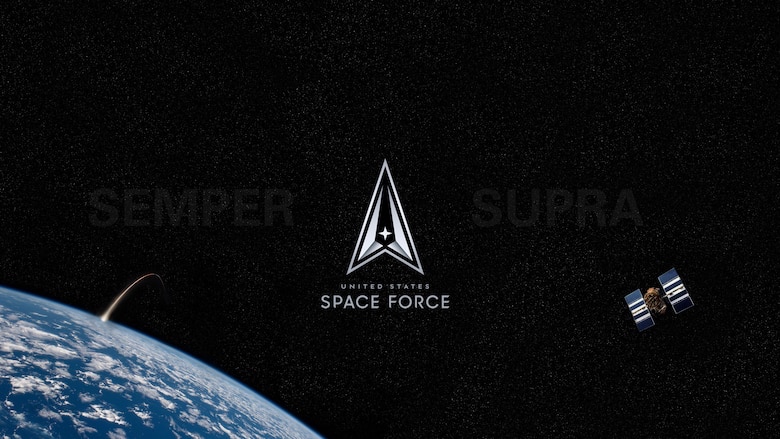Raytheon and Boeing’s Millennium Space Systems to Start Work on MEO Missile Tracking System

Photo: U.S. Space Force
Raytheon Technologies’ Intelligence & Space and Boeing‘s Millennium Space Systems — both in El Segundo, California — are to begin building the first prototype Missile Track Custody (MTC) Medium-Earth Orbit (MEO) Overhead Persistent Infrared Sensor (OPIR) payloads under contract awards from U.S. Space Force’s Space Systems Command (SSC).
Raytheon said on Jan. 4 that its MTC design “was developed using model-based systems engineering, significantly increasing the speed of development, while reducing cost.”
“Raytheon Intelligence & Space will also deliver the command and control and real-time mission- data processing elements for MTC,” the company said. “The ground system will use the Future Operationally Resilient Ground Evolution Mission Data Processing Application Framework (FORGE MDPAF).”
The latter is to be a ground system architecture that uses data from the Space Force’s Space-Based Infrared System (SBIRS) constellation by Lockheed Martin and the future Next-Generation OPIR constellation by Lockheed Martin.
Raytheon said that its MTC payload is to be integrated onto Lockheed Martin’s LM400 satellite bus design, which includes SmartSat software features “that allow it to adapt to changing mission needs and deploy new capabilities to stay ahead of evolving threats.”
SSC said last November that it had conducted critical design reviews (CDRs) for the Raytheon and Millenium Space Systems’ MTC proposals and that both company’s designs are on schedule. The command has planned to conduct system-level CDRs for both companies’ full space vehicle designs this summer.
“If successful designs are matured and proven, the program can then proceed into building multiple satellites to operate in a plane of capability as part of the MTC initial capability which is currently slated for two launches in late 2026,” SSC said last November.
Millennium Space Systems said on Jan. 4 that it executed “the next contract option” on Nov. 16 last year “for design through build and delivery of the first [MTC] space vehicle” and that it expects to deliver the system to SSC by August 2026.
“There are contract options for a second and third vehicle, and if exercised, the same delivery date applies,” Millenium Space Systems said on Jan. 4. “Millennium’s MTC payload takes advantage of five years of development work at Boeing.”
The MTC payloads are to track missile launches and hypersonic glide vehicles from MEO and to integrate with the Space Development Agency (SDA) Tracking Layer satellites and SBIRS Geosynchronous Earth Orbit and Highly Elliptical Orbit (GEO/HEO) satellites.
The U.S. tracks missile launches via GEO and HEO satellites and plans to expand that coverage to Low-Earth Orbit (LEO) through the fielding of SDA’s Tracking Layer. The MEO satellites would expand missile tracking coverage.
In the fiscal 2023 omnibus law, the MEO portion of the Space Force Resilient Missile Warning/Missile Tracking program received more than $408 million in research and development funding, a nearly $270 million increase over the budget request.
Language in an explanatory statement on the omnibus said that, while the House-Senate conference “strongly supports the pivot to a more proliferated and diverse architecture of smaller satellites, the Space Force has not provided sufficient information on the expected life-cycle cost of the new architecture; the cost to recapitalize a proliferated architecture every three to five years; potential risks and challenges in the supply chain; the ability of the Space Force to scale up capabilities to command and control a much larger number of satellites; and the applicability and ability to meet stringent requirements for missile warning certification, cybersecurity, and resilience against reversible and irreversible kinetic and non-kinetic attacks.”
Lawmakers direct the Pentagon’s director for cost assessment and program evaluation to provide a life-cycle cost estimate and a report on the proposed Resilient Missile Warning/Missile Tracking initiative within two months.
The House-Senate conference agreement on the omnibus also directs the secretary of the Air Force “to continue to provide quarterly briefings on the status of its missile warning-related program and expand the scope to include both the OPIR program and the Resilient Missile Warning-Missile Tracking program as an integrated set of programs.”
This article was first published by Via Satellite sister publication Defense Daily.